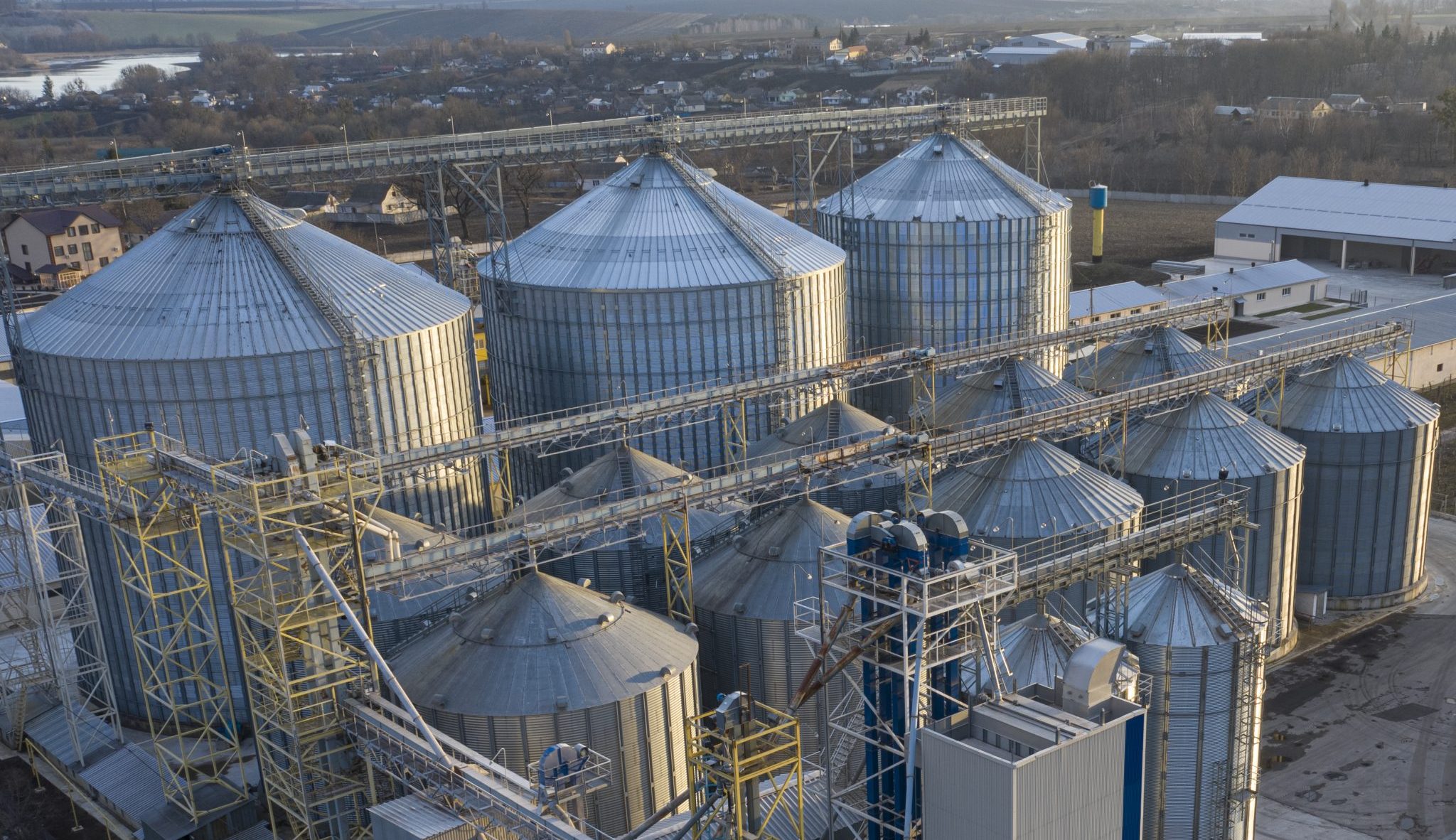Farm Management

The entry of a new $30.2 million feed mill, producing 10,000 tons per week of poultry feed in Alabama, causes a measurable increase in economic activity in terms of construction and ongoing annual operations. Consider the following economic activity created during construction and a feed mill’s first year of operation to the local economy.1
Jobs
499 jobs are supported each year from ongoing operations; 398 during the construction phase
Value Added
$42.3 million is supported each year from ongoing operations; $25.7 million during the construction phase
Labor Income
$25.2 million is supported each year from ongoing operations; $18.7 million during the construction phase
Output (Sales)
$207 million is supported each year from ongoing operations; $51.5 million during the construction phase
Taxes Paid
$5.4 million is supported each year from ongoing operations; $8.5 million during the construction phase
Construction Impacts
A new feed mill in Alabama would generate the following estimated total impact on the local (state) economy.
Construction (Total Effect)
| Employment | 398 |
| Value added | $25.7 million |
| Labor income | $18.7 million |
| Output (sales) | $51.5 million |
| Taxes paid (all levels) | $8.5 million |
Operations Impacts
In the first full year of operation, a new feed mill in Alabama would generate the following estimated total impact on the local (state) economy.
Operations (Total Effect)
| Employment | 499 |
| Value added | $42.3 million |
| Labor income | $25.2 million |
| Output (sales) | $207 million |
| Taxes paid (all levels) | $5.4 million |
Top Industries Impacted
The following are a few of the industries within Alabama most impacted in terms of value-added by the economic activity from construction and operations during the first full year:
Construction Top 10 Sectors Impacted— Value Added
| Industry | Total |
|---|---|
| Construction of other new nonresidential structures | $14,513,781 |
| Wholesale trade | $1,116,187 |
| Real estate | $779,499 |
| Architectural, engineering, and related services | $408,683 |
| Monetary authorities and depository credit intermediation | $353,563 |
| Commercial and industrial machinery and equipment rental and leasing | $313,967 |
| Offices of physicians | $285,665 |
| Hospitals | $267,572 |
| Truck transportation | $243,085 |
| Limited-service restaurants | $226,700 |
Operations Top 10 Sectors Impacted— Value Added
| Industry | Total |
|---|---|
| Other animal food manufacturing | $11,015,824 |
| Wholesale trade | $8,566,472 |
| Truck transportation | $1,826,915 |
| Rail transportation | $1,663,259 |
| Real estate | $1,573,181 |
| Support activities for agriculture and forestry | $830,866 |
| Monetary authorities and depository credit intermediation | $698,774 |
| Management of companies and enterprises | $625,601 |
| Grain farming | $499,180 |
| Water transportation | $489,111 |
Overview
The entry of a new feed mill producing 10,000 tons per week (520,000 tons annually) causes a measurable increase in economic activity within Alabama, both in terms of construction and annual operations. Common measures of economic activity are employment (jobs), labor income, value-added, and output (sales). When a feed mill enters a local economy, it causes a series of new economic activities (impacts) to take place. For this summary, economic impacts are broken into construction (one-time impact) and operations (annual impact). Construction and operations will generate tax revenue through federal taxes as well as state and local taxes. Of the estimated $13.9 million generated in tax revenue, $8.5 million is from construction and $5.4 million is from annual operations. The magnitude of these new economic activities is largely related to the presence of industries which supply the needed inputs for a new feed mill. A feed mill in Alabama sources roughly 29.5 percent of all annual operations inputs locally and roughly 23.5 percent of all construction inputs locally.
The construction of a new feed mill requires purchases such as steel, concrete, and milling equipment, including grinders, mixers, pellet mills, and material handling systems. Once construction is completed, the feed mill consistently purchases feed ingredients and packaging materials, utilizes other professional services, and purchases many other inputs to produce feed for sale. The direct purchase of supplies and equipment are known as direct effects. The suppliers and vendors used by the feed mill then must purchase inputs to supply the feed mill; these are known as indirect effects. Those who work in the construction of the feed mill and for the suppliers and vendors then use their additional income to make household purchases; these are known as household or induced effects. Taken together, the sum of direct, indirect, and induced effects are known as total effects and accounts for the total multiplier effect present from the construction and annual operations of a new feed mill.
Additional details on methodology can be obtained through communication with the study’s author, Decision Innovation Solutions (info@decision-innovation.com)
1To arrive at the total effects of a new feed mill, we used the following basic assumptions: 1) Average annual production was 520,000 tons 2) An average sales price of $260/ton 3) Cost to construct the feed mill was $30.2 million 4) All dollars are in 2020 dollars
Download a PDF of Economic Impact of a New Poultry Feed Mill in Alabama, ANR-2673.


